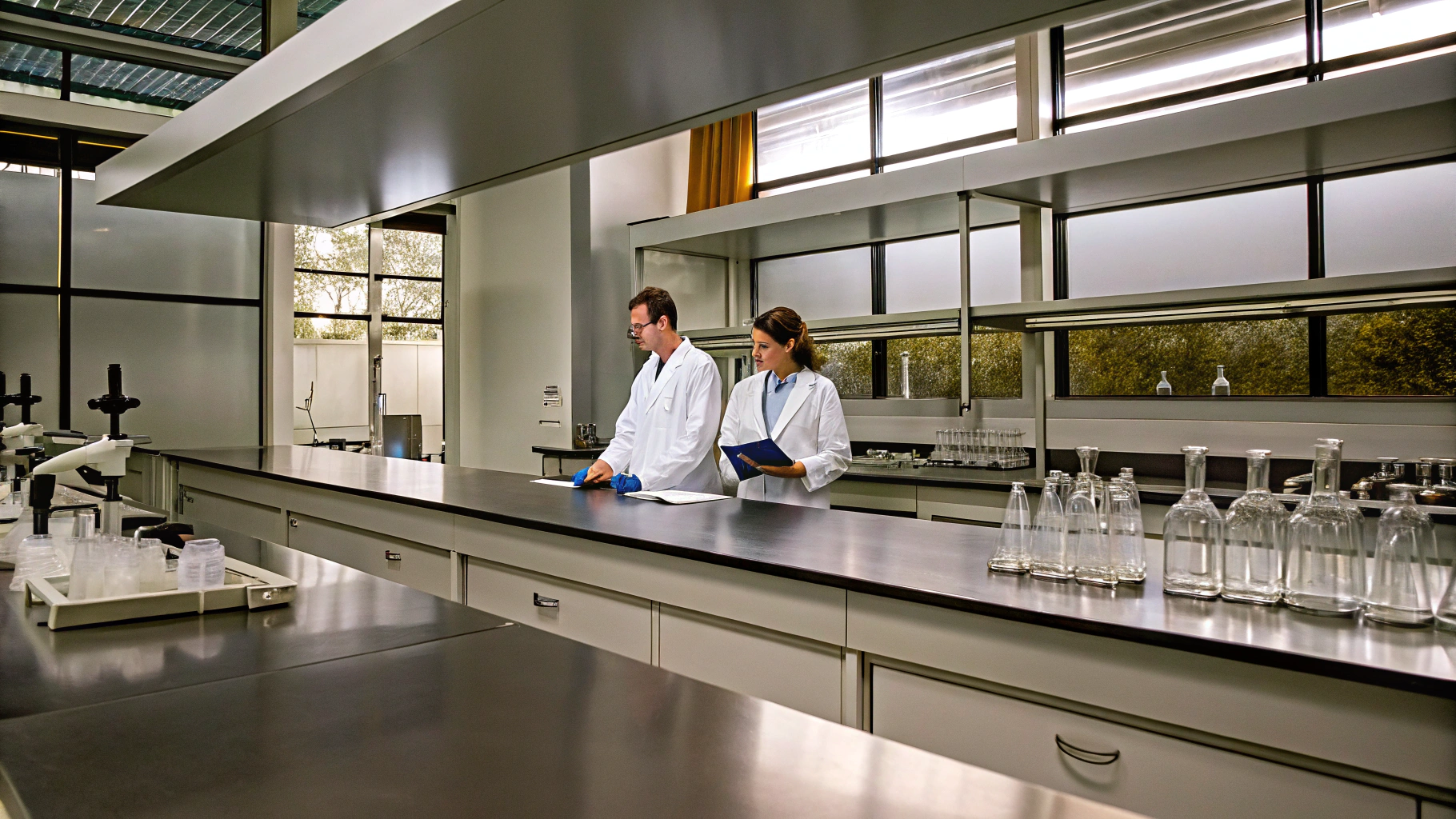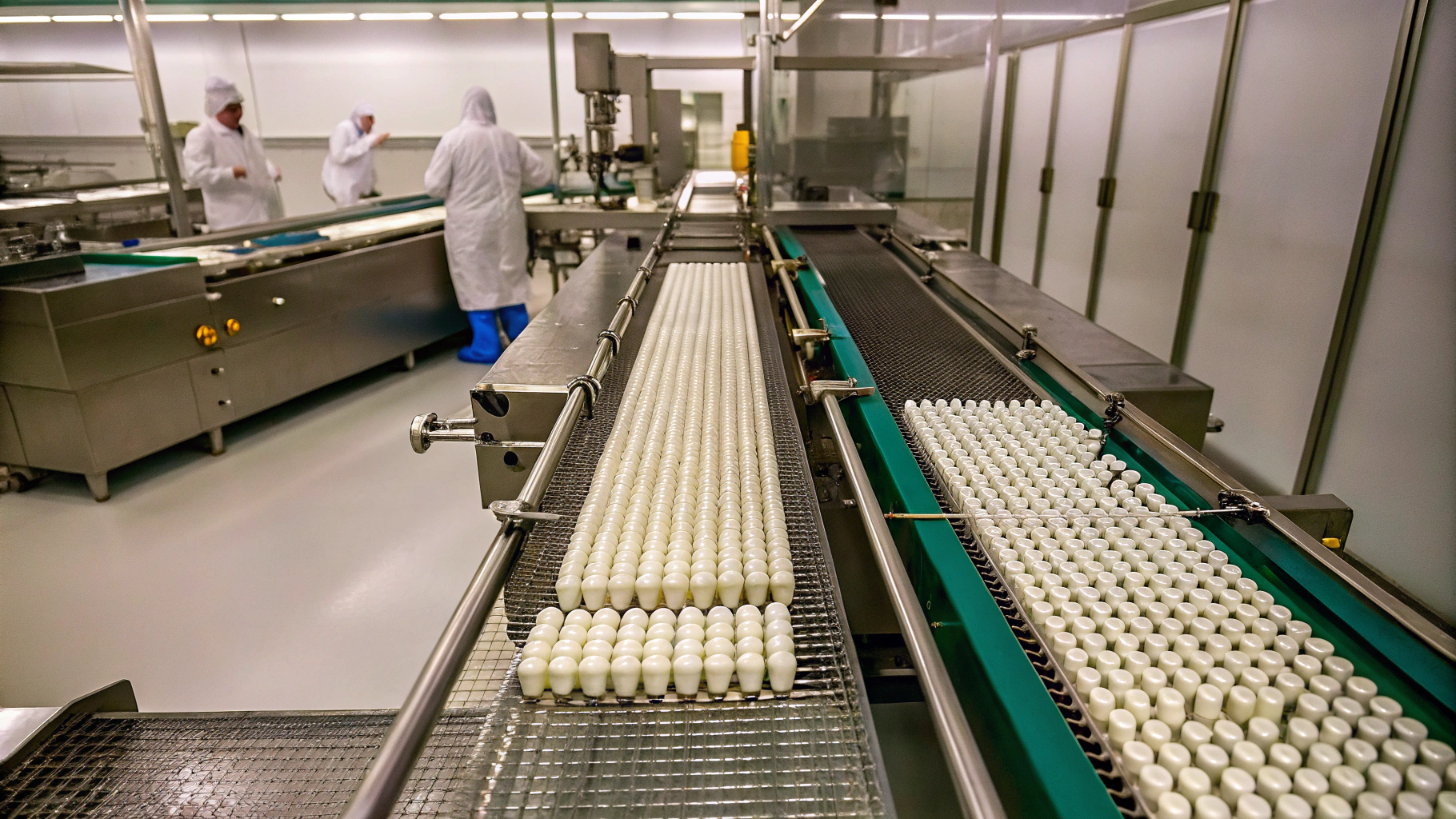What Are Good Manufacturing Practices and Why They Matter for Compliance

Introduction
Understanding the complexities of Good Manufacturing Practices (GMP) is essential in industries where product safety and quality are paramount, especially in pharmaceuticals and biotechnology. These practices provide a crucial framework, ensuring that every stage of production—from raw material selection to personnel training—meets stringent quality standards.
However, as regulatory landscapes shift and public health concerns grow, organizations face significant challenges in navigating the intricacies of GMP compliance. How can they effectively manage these complexities while also striving for operational excellence?
To address these challenges, organizations must adopt a proactive approach to compliance. This involves not only understanding the regulations but also implementing robust systems that enhance quality assurance processes. By investing in training and technology, companies can streamline their operations and ensure adherence to GMP standards.
Moreover, successful case studies demonstrate that organizations that prioritize GMP compliance not only mitigate risks but also enhance their reputation and customer trust. Engaging with experts in the field, such as AVS Life Sciences, can provide valuable insights and solutions tailored to specific compliance needs.
In conclusion, navigating GMP compliance is not just about meeting regulatory requirements; it’s about fostering a culture of quality and safety that drives operational success. Organizations must take action now to ensure they are equipped to face the evolving challenges of the industry.
Define Good Manufacturing Practices (GMP)
What are good manufacturing practices (GMP) that are critical systems and guidelines ensuring products are consistently produced and controlled according to rigorous quality standards? In sectors like pharmaceuticals, biotechnology, and medical devices, where safety and efficacy are paramount, it is crucial to know what are good manufacturing practices.
What are good manufacturing practices? These practices cover every aspect of production, from selecting raw materials to designing and maintaining facilities and equipment, as well as training and ensuring the hygiene of personnel.
What are good manufacturing practices (GMP) primarily aimed at is mitigating risks associated with pharmaceutical manufacturing that cannot be entirely addressed through final testing alone. Adhering to what are good manufacturing practices is not merely a regulatory obligation; it demonstrates a strong commitment to excellence that safeguards consumers and enhances the reputation of manufacturers. As we approach 2025, the importance of understanding what are good manufacturing practices (GMP) is amplified by the increasingly complex regulatory landscape and the rising demand for high-quality pharmaceuticals.
Successful implementation of what are good manufacturing practices in biotechnology firms shows that a systematic approach not only enhances compliance but also promotes operational excellence and product integrity. Consider the case of a leading biotech company that revamped its GMP processes, resulting in a 30% reduction in compliance-related issues and a significant boost in product quality. This example underscores the tangible benefits of adhering to GMP.
In conclusion, embracing what are good manufacturing practices is essential for any organization aiming to thrive in the competitive pharmaceutical landscape. By prioritizing these practices, companies not only comply with regulations but also position themselves as leaders in quality and safety.

Contextualize GMP in the Pharmaceutical Industry
In the context of addressing the pressing need for consistent standards in pharmaceutical products, what are good manufacturing practices (GMP) that emerged, particularly following public health crises linked to contaminated or substandard drugs? Regulatory bodies such as the FDA and WHO play a pivotal role in establishing what are good manufacturing practices guidelines, ensuring that manufacturers adhere to stringent criteria. The roots of GMP can be traced back to the early 20th century, evolving significantly over the decades to tackle new challenges in drug safety and efficacy.
As we approach 2025, GMP compliance rates vary by region, reflecting the ongoing commitment of regulatory organizations to uphold high standards. For instance, the FDA's recent initiatives underscore the importance of fostering a culture of excellence within organizations, mandating that management cultivate an environment where data integrity is paramount. Meanwhile, the WHO's GMP guidelines aim to harmonize and elevate practices globally, ensuring that essential medicines meet fundamental criteria, regardless of their manufacturing location.
Today, what are good manufacturing practices is recognized as an international benchmark, with regulations adapted to local needs but fundamentally aimed at ensuring that pharmaceutical products are safe, effective, and of superior quality. In this context, GMP compliance transcends mere legal obligation; it is crucial for maintaining public trust and safeguarding patient safety.
Are you ready to elevate your compliance strategies? Engage with AVS Life Sciences to explore tailored solutions that not only meet but exceed GMP standards.

Identify Key Components of GMP
Key components of Good Manufacturing Practices (GMP) include:
-
Quality Management System (QMS): A structured framework that delineates processes, procedures, and responsibilities essential for achieving standards and objectives. A robust QMS is vital for compliance, as it ensures that all aspects of production are systematically managed and continuously improved.
-
Personnel: Adequate training and qualifications of staff are crucial for understanding and adhering to GMP requirements. In 2025, statistics show that organizations with thorough training programs experience a notable decrease in compliance errors, highlighting the influence of well-trained staff on upholding high quality.
-
Premises and Equipment: Facilities must be designed and maintained to prevent contamination and guarantee product standards. To ensure compliance with what are good manufacturing practices, adequate calibration and upkeep of apparatus are crucial, as any oversight can result in considerable performance issues.
-
Documentation: Comprehensive documentation is critical for tracking compliance and ensuring adherence to established processes. This includes batch records, standard operating procedures (SOPs), and validation protocols, which serve as evidence of compliance during audits.
-
Production and Process Controls: Manufacturers must implement strict controls throughout the production process to ensure consistency and excellence. This involves monitoring essential parameters and making adjustments as needed to align with what are good manufacturing practices.
-
Regular Testing and Monitoring: Regular testing and monitoring of items and processes are essential to ensure they meet established standards. Effective control measures assist in identifying potential issues before they escalate, thereby protecting consumer safety.
These components work synergistically to create a robust framework that supports the production of safe and effective pharmaceutical products, reinforcing the notion that quality is a collective responsibility across all levels of an organization.

Conclusion
Embracing Good Manufacturing Practices (GMP) is essential for organizations aiming for excellence in the pharmaceutical industry. These practices ensure that products are produced consistently and safely, reflecting a commitment to quality that resonates with both consumers and regulatory bodies. As the landscape of pharmaceutical manufacturing evolves, understanding and implementing GMP becomes increasingly critical for maintaining compliance and enhancing operational effectiveness.
Key components of GMP include:
- A robust Quality Management System
- Well-trained personnel
- Stringent production controls
Each of these elements plays a crucial role in mitigating risks and ensuring that products meet the highest standards of safety and efficacy. For instance, biotech companies that have adopted these practices have seen significant improvements, demonstrating the tangible benefits of prioritizing GMP compliance.
The significance of Good Manufacturing Practices extends beyond mere regulatory compliance; it represents a commitment to safeguarding public health and maintaining trust in pharmaceutical products. Organizations are encouraged to not only meet but exceed GMP standards, fostering a culture of excellence that prioritizes quality and safety. By doing so, they position themselves as leaders in an increasingly competitive market, ensuring they can meet the demands of consumers and regulatory agencies alike.
Frequently Asked Questions
What are Good Manufacturing Practices (GMP)?
Good Manufacturing Practices (GMP) are critical systems and guidelines that ensure products are consistently produced and controlled according to rigorous quality standards, particularly in sectors like pharmaceuticals, biotechnology, and medical devices.
What aspects do Good Manufacturing Practices cover?
GMP covers every aspect of production, including the selection of raw materials, the design and maintenance of facilities and equipment, as well as the training and hygiene of personnel.
What is the primary aim of Good Manufacturing Practices?
The primary aim of GMP is to mitigate risks associated with pharmaceutical manufacturing that cannot be fully addressed through final testing alone.
Why is adherence to Good Manufacturing Practices important?
Adhering to GMP is not just a regulatory obligation; it demonstrates a commitment to excellence that safeguards consumers and enhances the reputation of manufacturers.
How does the regulatory landscape impact the importance of GMP?
As we approach 2025, the importance of understanding GMP is amplified by an increasingly complex regulatory landscape and the rising demand for high-quality pharmaceuticals.
What are the benefits of successfully implementing Good Manufacturing Practices?
Successful implementation of GMP can enhance compliance, promote operational excellence, and improve product integrity. For example, a leading biotech company that revamped its GMP processes achieved a 30% reduction in compliance-related issues and a significant boost in product quality.
Why should organizations prioritize Good Manufacturing Practices?
Embracing GMP is essential for organizations aiming to thrive in the competitive pharmaceutical landscape, as it not only ensures regulatory compliance but also positions companies as leaders in quality and safety.
